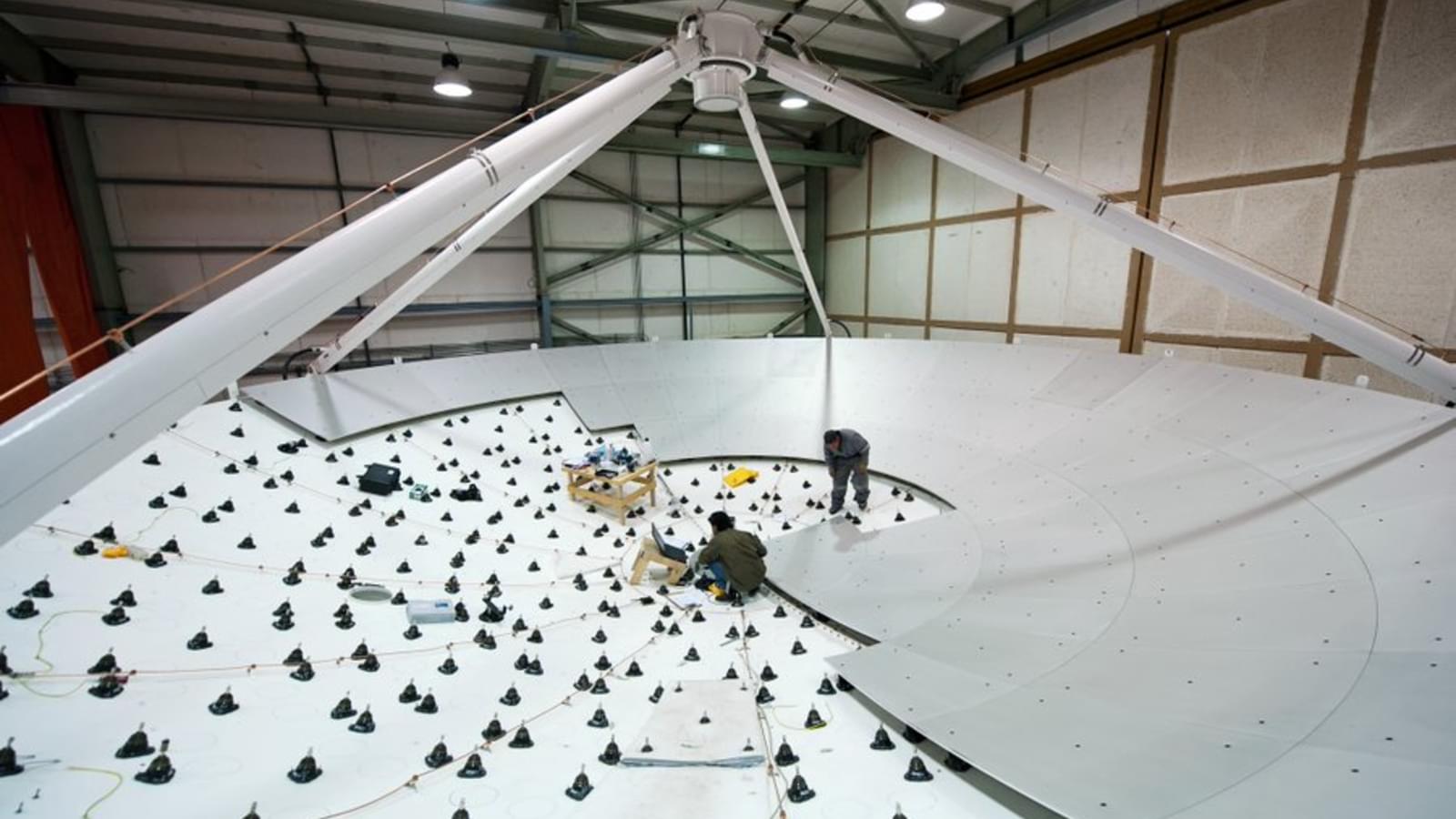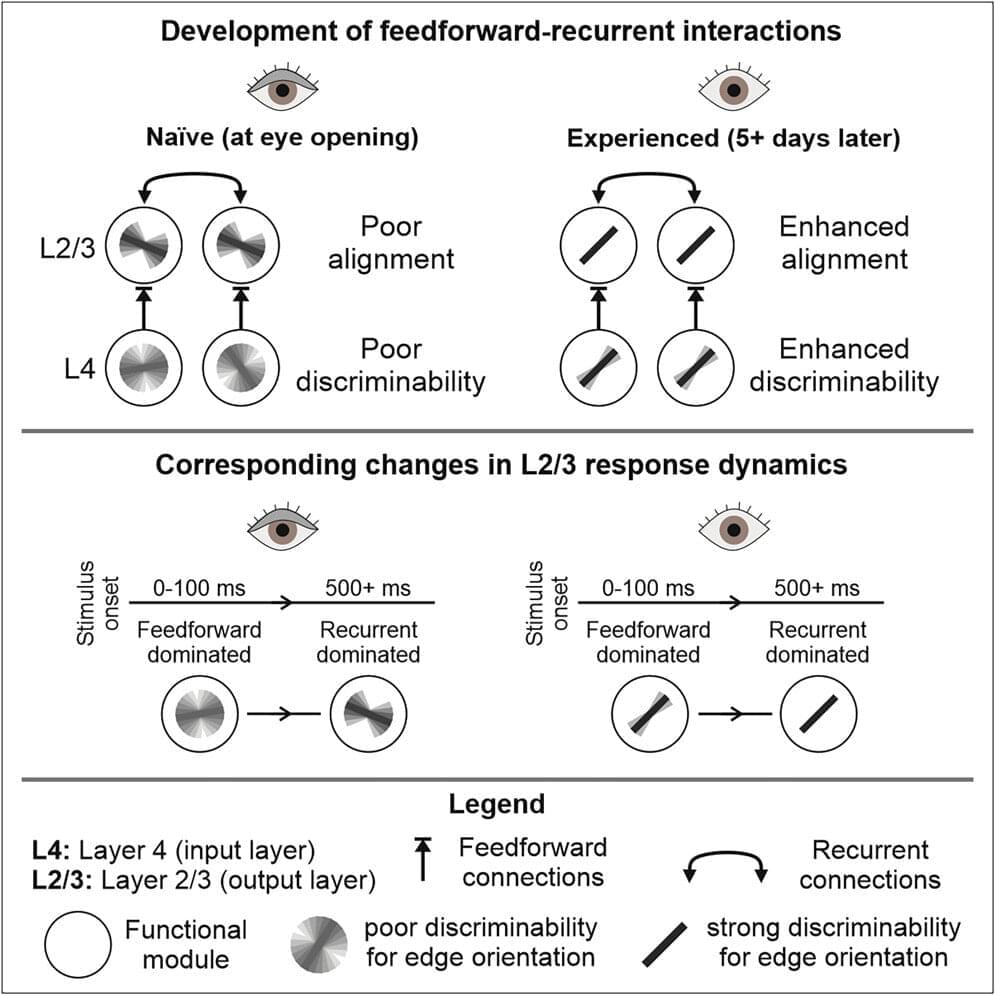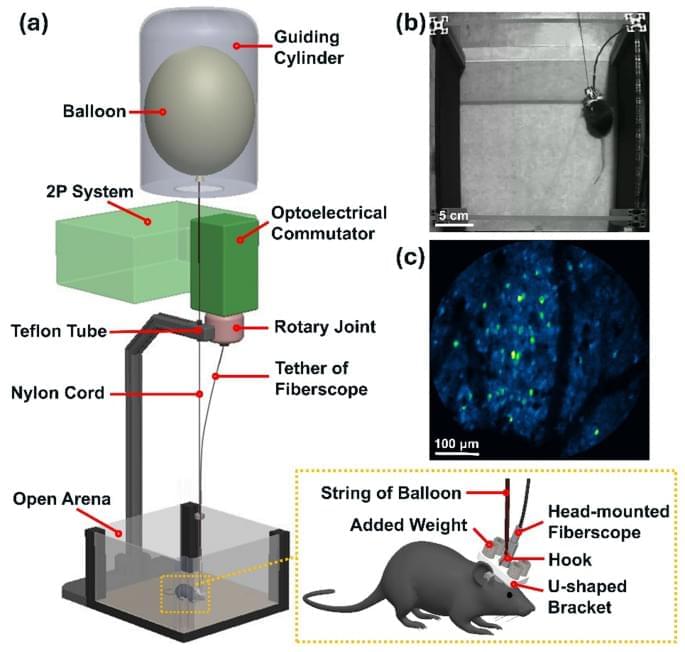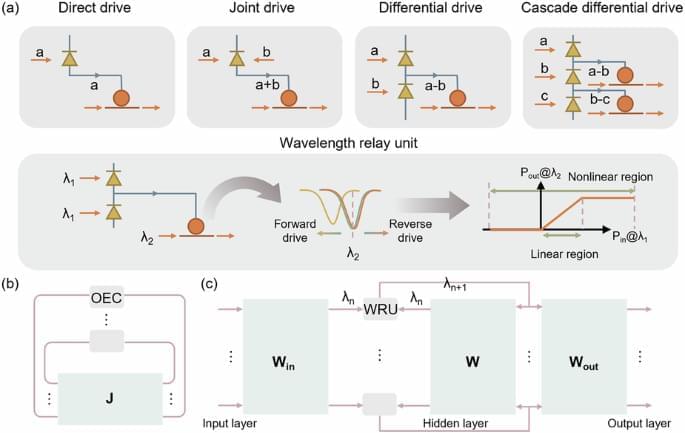Questions to inspire discussion.
🧠 Q: What improvements does Tesla’s AI5 chip offer over AI4? A: AI5 provides a 40x improvement in silicon, addressing core limitations of AI4, with 8x more compute, 9x more memory, 5x more memory bandwidth, and the ability to easily handle mixed precision models.
📱 Q: How will Starlink-enabled smartphones revolutionize connectivity? A: Starlink-enabled smartphones will allow direct high bandwidth connectivity from satellites to phones, requiring hardware changes in phones and collaboration between satellite providers and handset makers.
🌐 Q: What is Elon Musk’s vision for Starlink as a global carrier? A: Musk envisions Starlink as a global carrier working worldwide, offering users a comprehensive solution for high bandwidth at home and direct to cell through one direct deal.
🚀 Q: What are the expected capabilities of SpaceX’s Starship? A: Starship is projected to demonstrate full reusability next year, carrying over 100 tons to orbit, being five times bigger than Falcon Heavy, and capable of catching both the booster and ship.
AI and Compute.







